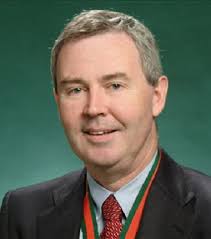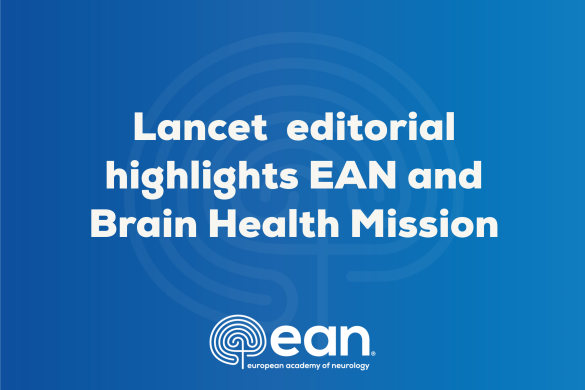Prof. Dafin Muresanu
Prof. Walter McNicholas, President of the European Sleep Research Society
Dear Prof. McNicholas, thank you for accepting this interview. In light of the work towards an MoU with EAN, we would like to introduce the ESRS to the EANpages readers.
The ESRS, founded in 1971, is a longstanding scientific society. Can you please illustrate the society’s structure and working strategy?
According to its mission statement, The European Sleep Research Society (ESRS) is an international scientific non-profit organization and promotes all aspects of sleep research and sleep medicine. These include the publication of the Journal of Sleep Research (JSR), the organization of scientific meetings, and the promotion of training and education, the dissemination of information, and the establishment of fellowships and awards.
The society is led by a Board consisting of 7 members that include the President, two Vice Presidents (Clinical and Basic), Secretary and Treasurer. ESRS activities are structured through several committees that focus on Sleep Medicine, Research, Education and Certification, and the Website.
ESRS also maintains close links with National Sleep Societies through the Assembly of National Sleep Societies (ANSS).
EAN has formal connections to several “related” societies. Does the ESRS also have such collaborations in place?
ESRS has formal connections with several European Societies, most notably the European Respiratory Society (ERS) and the European Biological Rhythms Society (EBRS). The collaboration with ERS is especially formalized in the Sleep and Breathing Conference, which is a joint venture of ESRS and ERS and is held every two years. This conference is primarily focused on education and professional development
ESRS is also linked to the World Sleep Society (WSS) as a member of the Governing Council.
It is clear that education is a major element of the work of the ESRS. How do you think this major educational experience can be shared with EAN?
ESRS is strongly active in education with a focus on sleep medicine. The Society undertakes an examination with those passing receiving certification as “Somnologist”. This certification is increasingly recognized as an important achievement among clinicians and technologists practicing in the field of sleep medicine.
Improved links with EAN offer the opportunity to increase input from neurology to our educational programme from a key stakeholder in the sleep area.
The established working agreement and upcoming MoU will allow both societies to enhance cooperation with EAN and the Scientific Panel “Sleep” in particular. What will be for you and ESRS the major advantages of such cooperation?
The brain is the core organ involved in sleep, and EAN, as the Society most closely involved with the brain, represents an obvious target society for closer collaboration by ESRS. This collaboration could span many areas of basic and clinical science, and could also involve collaboration in shared education initiatives such as Teaching Courses, etc.
Dear Prof. McNicholas I thank you for this very interesting interview. I wish you and ESRS all the best and look forward to a fruitful cooperation.
by Dafin Muresanu – Chair, EAN Communication Committee















